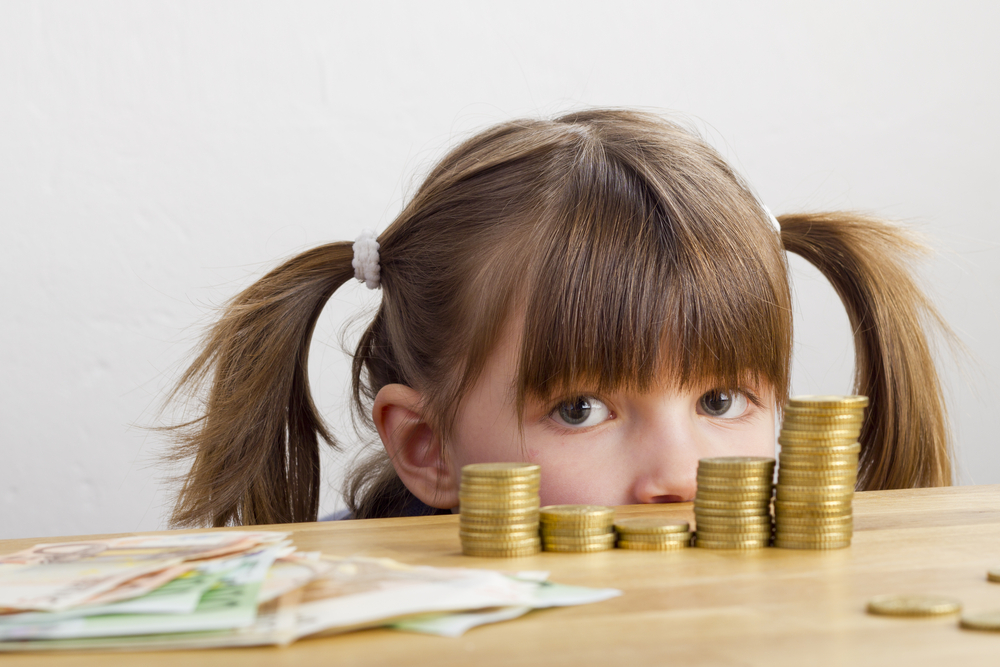Money Tips
Pick children’s account carefully to avoid ‘surprise’ tax bill

The best buy children’s savings account pays 4.5%, but it may not be the best option for parents gifting big amounts of money.
There are two options when it comes to housing your kids’ savings – a standard children’s savings account or a junior ISA.
The best rate around at the moment is 4.5% for 12 months on a regular savings account from Halifax.
After that, the top payers are junior ISAs – Coventry Building Society pays 3.50%, Nationwide and Danske Bank pay 3.25% and Tesco Bank pays 3.15%.
The question is: does the type of account you choose matter, or should you just go with the deal paying the best rate?
Well, the type of product can be important from a tax perspective. Depending on the amount of money a parent gifts to their kid, the parent could find themselves with a tax bill if they pick the wrong account.

Wellness and wellbeing holidays: Travel insurance is essential for your peace of mind
Out of the pandemic lockdowns, there’s a greater emphasis on wellbeing and wellness, with
Sponsored by Post Office
Junior ISAs are straightforward: any interest is tax free to both the parent and child regardless of how much is earned. Parents, family and friends can all contribute to a junior ISA as long as the total amount stays within the limit, which is £4,260 for the 2018/19 tax year.
It gets a bit more complicated when parents gift money to their kids into a normal children’s savings account.
If the interest earned from the total amount gifted is less than £100 a year, it will be treated as the child’s. This means that provided the interest earned does not make the child a taxpayer, they will be able to offset this against their personal allowance (£11,850), so should be free of tax for both child and parent.
But if the interest is more than £100 a year, then it is treated as that parent’s interest for tax purposes and they may need to pay tax at their marginal rate if it takes them above their personal allowance (£11,850) and/or personal savings allowance (the amount of savings interest you can earn tax free – £1,000 for basic rate taxpayers, £500 for higher rate taxpayers and £0 for additional rate taxpayers). It’s worth noting that children also get a personal savings allowance but very few will earn enough to exceed it.
The ‘£100 rule’ is to discourage parents from putting large amounts of their own money into their child’s account.
This rule even applies on cash gifted into an adult cash ISA, which can be opened from age 16.
Gifts from other family members or friends aren’t viewed in the same way. Instead, any interest earned will be treated as belonging to the child themselves and so can be earned tax free if they are non-taxpayers.
‘Pros and cons to both’
Anna Bowes, director of savings website, Savings Champion, says: “There are pros and cons of both junior ISAs and normal children’s accounts, depending on where the funds have come from and what access may be required and whether the child is likely to earn more than their personal allowance on any funds outside a junior ISA. Once this is clear, it then makes sense to choose the accounts offering the best rates.”
James Blower, founder of The Savings Guru, says: “My suggestion for parents and grandparents is to look at taxable accounts first because of the better interest rates. Halifax’s 4.5% regular saver and Saffron Building Society’s 4% regular saver. Both are capped at £100 a month contribution and will earn around £25-£30 a year in interest, so inside the £100 limit.”
He suggests junior ISAs are a better option if parents are looking to deposit a large initial sum of money.
If they are looking to save for their children for the long term, they could consider a junior stocks and shares ISA, which is likely to generate a better return if their horizon is five to ten years. But it comes with the risk the investment could go down as well as up.